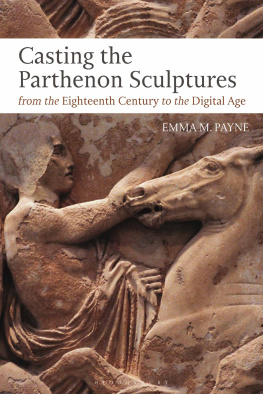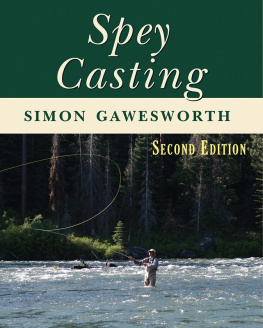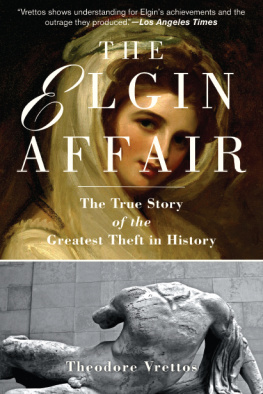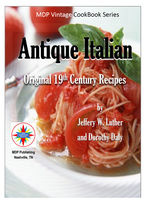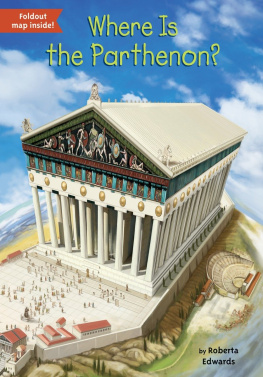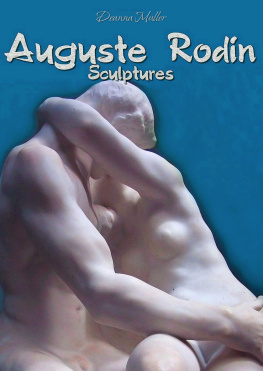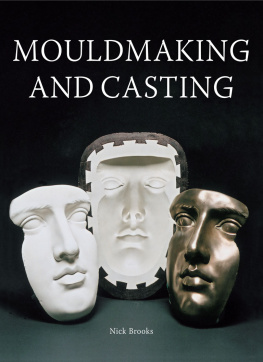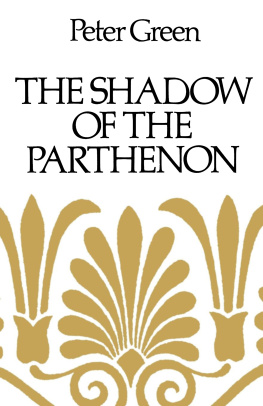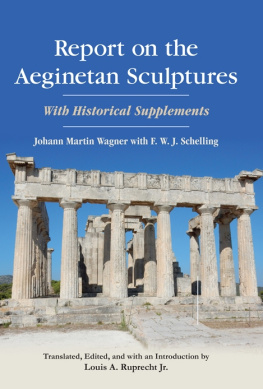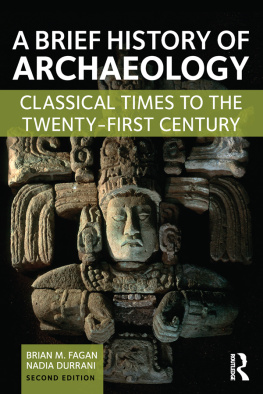Emma M. Payne - Casting the Parthenon Sculptures from the Eighteenth Century to the Digital Age
Here you can read online Emma M. Payne - Casting the Parthenon Sculptures from the Eighteenth Century to the Digital Age full text of the book (entire story) in english for free. Download pdf and epub, get meaning, cover and reviews about this ebook. City: London, year: 2021, publisher: Bloomsbury Academic, genre: History / Science. Description of the work, (preface) as well as reviews are available. Best literature library LitArk.com created for fans of good reading and offers a wide selection of genres:
Romance novel
Science fiction
Adventure
Detective
Science
History
Home and family
Prose
Art
Politics
Computer
Non-fiction
Religion
Business
Children
Humor
Choose a favorite category and find really read worthwhile books. Enjoy immersion in the world of imagination, feel the emotions of the characters or learn something new for yourself, make an fascinating discovery.
- Book:Casting the Parthenon Sculptures from the Eighteenth Century to the Digital Age
- Author:
- Publisher:Bloomsbury Academic
- Genre:
- Year:2021
- City:London
- Rating:4 / 5
- Favourites:Add to favourites
- Your mark:
Casting the Parthenon Sculptures from the Eighteenth Century to the Digital Age: summary, description and annotation
We offer to read an annotation, description, summary or preface (depends on what the author of the book "Casting the Parthenon Sculptures from the Eighteenth Century to the Digital Age" wrote himself). If you haven't found the necessary information about the book — write in the comments, we will try to find it.
Through the 19th century, as archaeology started to emerge as a systematic discipline, plaster casting became a widely-adopted technique, newly applied by archaeologists to document and transmit discoveries from their expeditions. The Parthenon sculptures were some of the first to be cast. In the late 18th century and the first years of the 19th century, the French artist Fauvel and Lord Elgins men conducted campaigns on the Athenian Acropolis. Both created casts of parts of the Parthenon sculptures that they did not remove and these were sent back to France and Britain where they were esteemed and displayed alongside other, original sections. Henceforth, casting was established as an essential archaeological tool and grew exponentially over the course of the century.
Such casts are now not only fascinating historical objects but may also be considered time capsules, capturing the details of important ancient works when they were first moulded in centuries past. This book examines the role of 19th century casts as an archaeological resource and explores how their materiality and spread impacted the reception of the Parthenon sculptures and other Greek and Roman works. Investigation of their historical context is combined with analysis of new digital models of the Parthenon sculptures and their casts. Sensitive 3D imaging techniques allow investigation of the surface markings of the objects in exceptionally fine detail and enable quantitative comparative studies comparing the originals and the casts. The 19th century casts are found to be even more accurate, but also complex, than anticipated; through careful study of their multiple layers, we can retrieve surface information now lost from the originals through weathering and vandalism.
Emma M. Payne: author's other books
Who wrote Casting the Parthenon Sculptures from the Eighteenth Century to the Digital Age? Find out the surname, the name of the author of the book and a list of all author's works by series.

